As an introduction, what’s your background and what do you do when you’re not making art?
I have a background in Computer Science, Mathematics and Computer Vision. I used to code during the days, and take pictures during the nights and weekends. But now I switched to making art during the day. When I take a pause from that, I strive to reestablish a connection with the physical world as much as possible. I seize every opportunity to travel, to immerse myself in landscapes vastly different from my digital surroundings. I’m also a huge fan of electronic music, techno and raves, the scene that is currently thriving in Eastern Europe.
↑ The Tale of Two Dimensions, Ivona Tau, 2022.
How has your experience in photography influenced your AI work? What are the similarities and differences?
Photography, when seen as individual pieces of art, differs substantially from photographing for a larger dataset. The latter demands a strategic approach to image creation, where spontaneity and diverse perspectives take a backseat. The process becomes more focused, almost meditative, in the quest for deep learning projects.
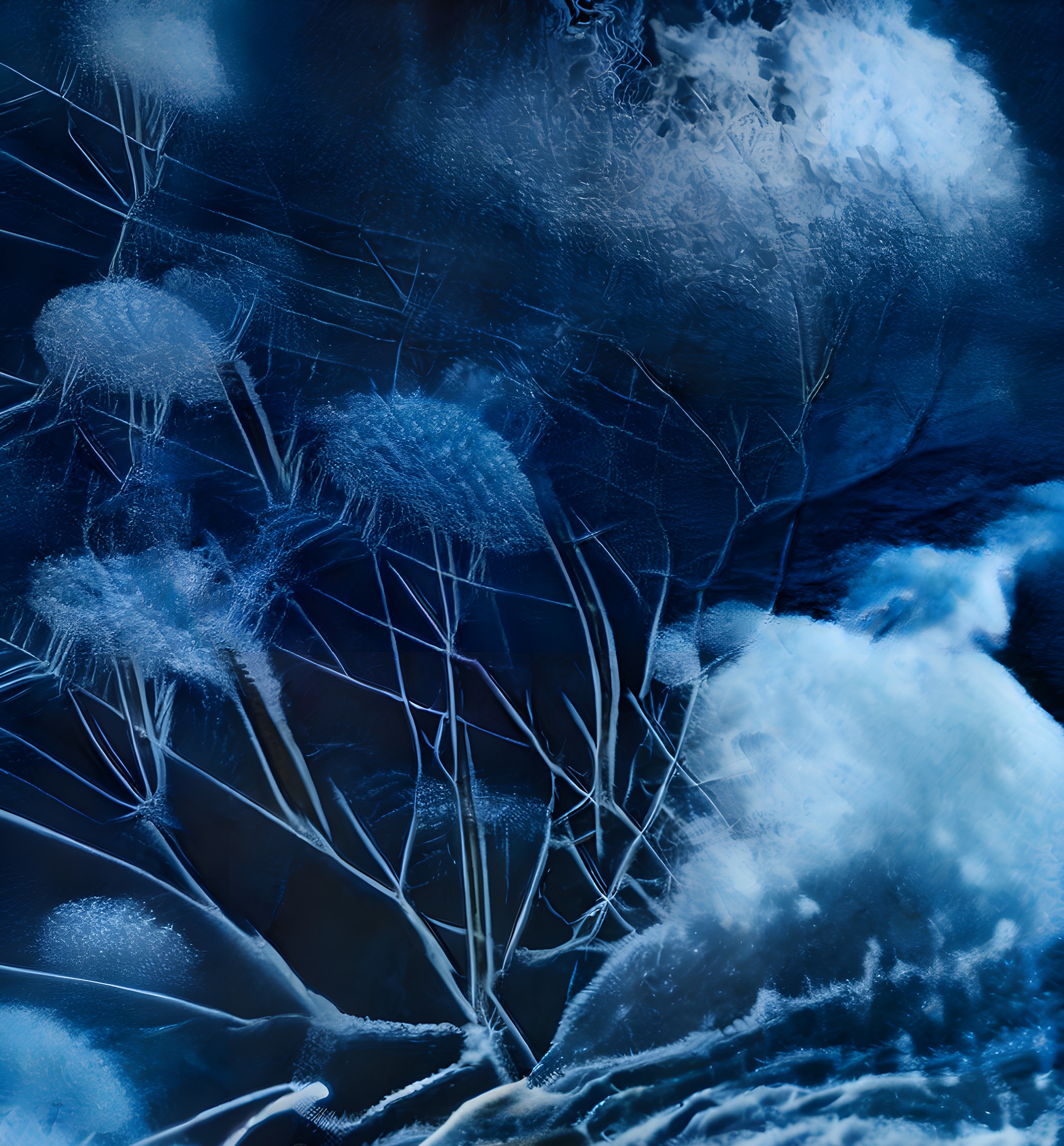
↑ Time Still IV, Ivona Tau, 2023.
Similarly, how has your recent PhD influenced your artistic practice?
This background has definitely helped me to experiment more with the technical part of AI art making practice. One major thing you take away from finishing a PhD is that you are no longer intimidated by scientific papers and even if you don’t understand much, you are not afraid to dig in and read. Having the intuition about how the neural networks work helps immensely to navigate different training frameworks and improve when something is not working.
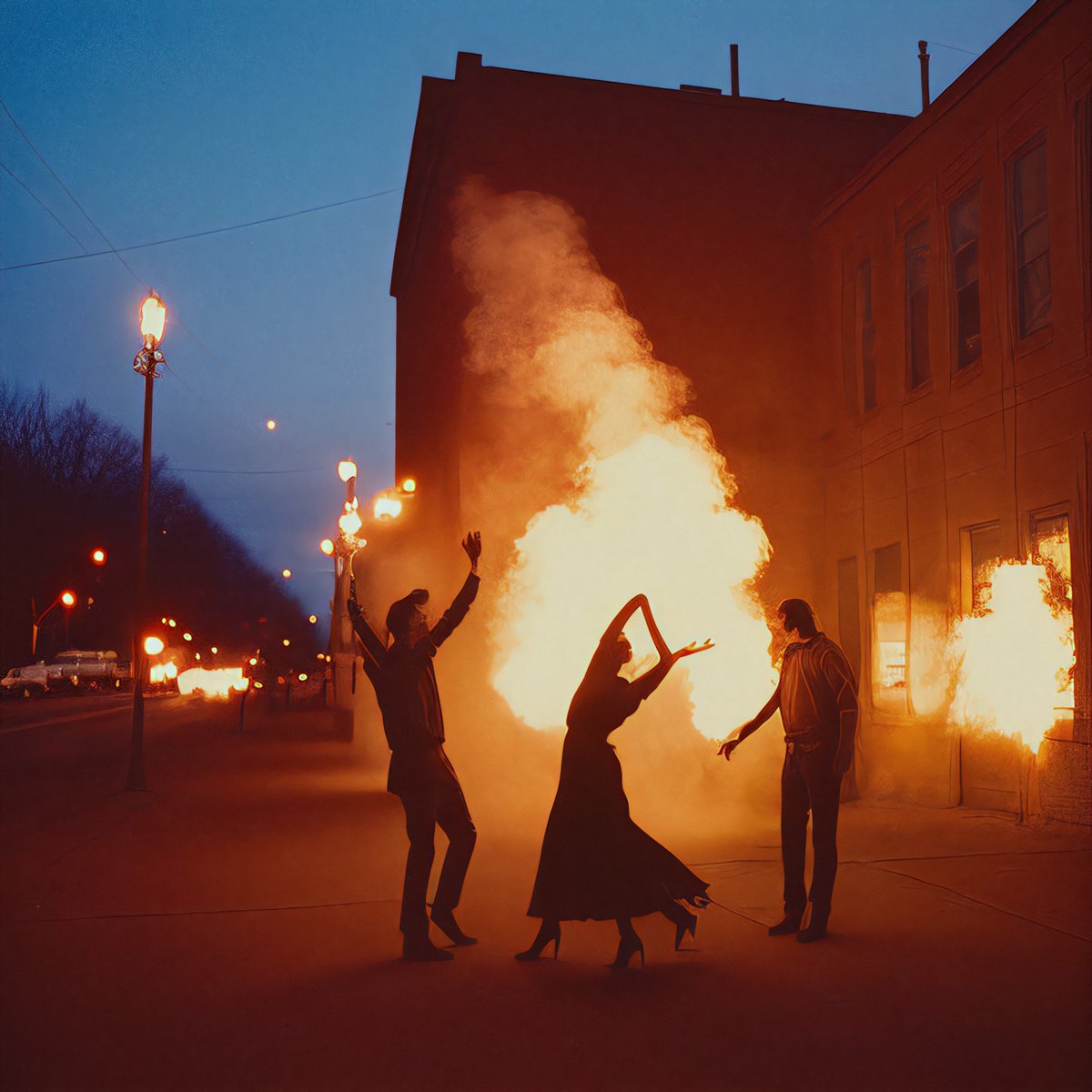
↑ Demons of the Night #66, Ivona Tau, 2023.
How would you describe what you do?
I explore my personal experiences through the machine gaze.
How did you get started using AI tools and what was your ‘aha’ moment when it clicked for you?
Funnily, there was this one very early kind of DCGAN (Deep Convolutional Generative Adversarial Network) that I was training for a commercial project that did not want to diverge on the training data, because of a mistake I did in the initial data normalization step. The shapes it was creating were abstract but beautiful and had this Miró like quality.
What was the first AI piece you created?
↑ Unseen Warsaw, Ivona Tau, 2020.
My first official AI project was Unseen Warsaw. I dedicated a few weeks of walking around the streets of Warsaw and shooting similar angles of 1:1 photographs to create a dataset that I would train a GAN on. It definitely felt like magic when I witnessed the shapes of buildings of the Old Town of Warsaw emerge from the initial noise and abstract patterns.
I’d love to know more about your process and how you work – please could talk me through your process while creating a piece, from beginning to end.
That is a long process! I often start with a very vague inspiration, like for example recently I’ve been fascinated by the Earth patterns in black and white phohography of Sebastiao Salgado and wanted to recreate this organic and abstract quaility of our natural surroundings through the machine’s eyes.
As the next step, I work on data preparation. Most of my training sets consist of my photography collections from archives and shot specifically for a project, but I also started experimenting with adding some external assets of open-source imagery (especially something I would not be able to shoot myself like microscope or telescope images), AI-generated images and programatically generated images.
Then, I go on to train the model which takes between hours and days, depending on the project. I love this feeling of letting it train through the night when I sleep and checking in on the results with the morning coffee.
Finally, my favorite stage - exploration of the latent space. Every new interesting image feels like a small present, a spark of magic being witnessed. I like to spend a lot of time exploring all the possibilities to find the ones that tell my story in the best possible way.
↑ Flora Solaris IV, Ivona Tau & Janie Fitzgerald, 2021.
What are your preferred tools and workflows? For example, apps, notebooks, models, hardware etc.
I use Python and PyTorch library most of the time. I have also lately been learning javascript, p5js and Processing, as I’ve been applying various algorithms on top of my ML outputs. There are also some analog tools that I use. For brainstorming and project planning I’m very old school and prefer pen and paper.
While taking photographs, I love my film cameras Canon AE-1 and LOMO LC-A. For more intense shooting, the digital ones Ricoh GR and Canon R6 are my first choice. My favorite lenses of all time is Sigma Art 1.4 35mm. My favorite AI model of all time is StyleGAN2-ADA. For post-processing, Topaz Video AI is an absolute life saver and a pleasure to use for show-ready animation.
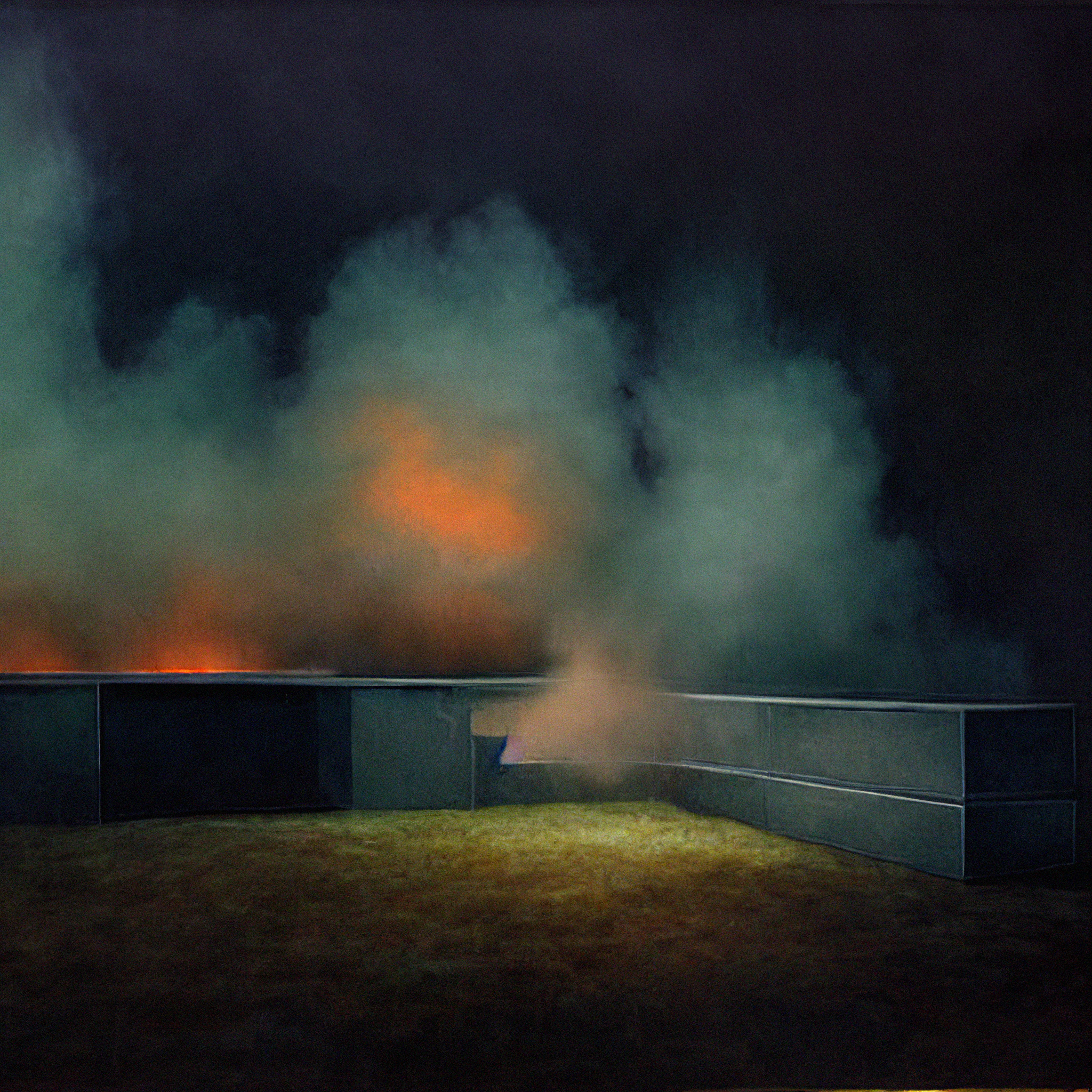
↑ Secluded 2:00 AM, Ivona Tau, 2023.
What have you found to be the biggest challenges with AI art and what are you most excited about?
My biggest frustration is when I stumble upon a new machine learning model implementation that won’t run for me (because of the library discrepancies, bugs in the authors’ code or a myriad of other reasons).
While tools like Stable Diffusion and DALL-E are made easy to use for everyone, these are just a small fraction of all the AI methods available out there. And as we are still quite early with regards to broad AI adoption, there is often a high level of technical literacy required. What I’m excited about is when those barriers are removed for everyone.
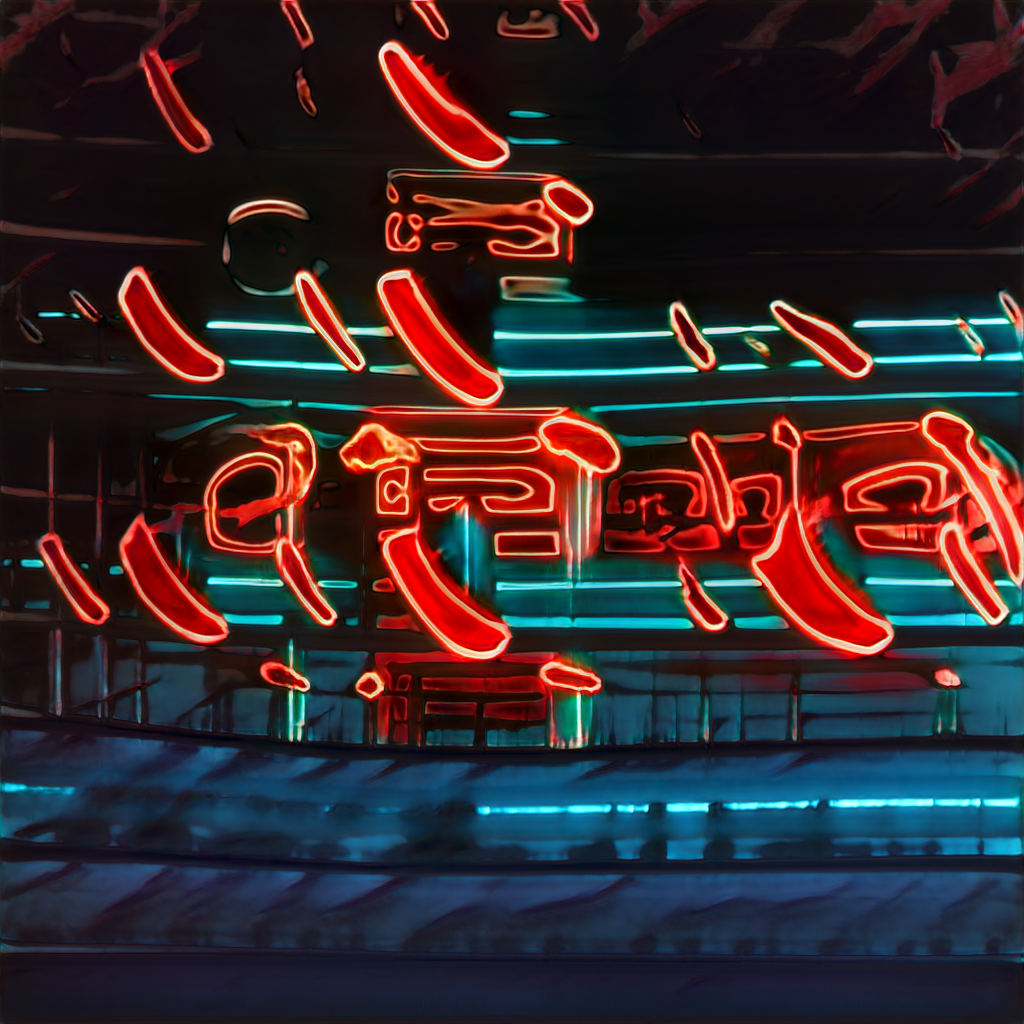
↑ Android Neon Dreams No. 1, Ivona Tau & Martin Panckhurst, 2021.
What are you working on right now and what’s coming up next for you?
For the last few months I’ve been working on the INFINITE, a project for Bright Moments Tokyo. It’s the most challenging technically project that I have done, as it will be hosted on IPFS and inferenced during mint on blockchain. To reduce the model size to be able to have it run live in browser, I’m training a smaller model through a distillation process and it’s a very lengthy training that takes weeks.
Who inspires you?
My biggest inspirations in the AI space are probably Anna Ridler and Sofia Crespo, who were already doing amazing projects when I was just starting out in 2019. Their stories were a huge inspiration and motivation to find my own path and voice.
Please do visit Ivona's website, explore her NFT collections on Objkt, Foundation and KnownOrigin and follow on Twitter.
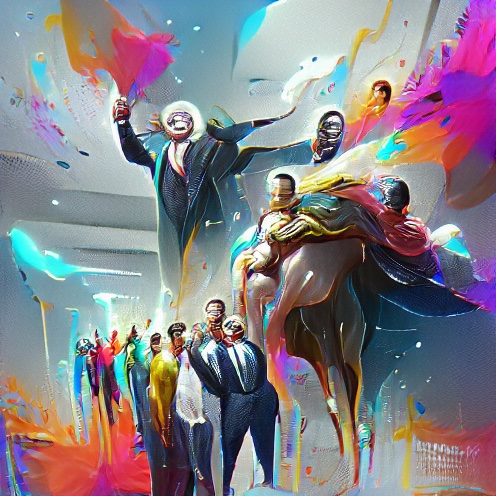 Unlimited Dream Co.
Unlimited Dream Co.